Mechanism: What are the strategy do the birds use to travel?
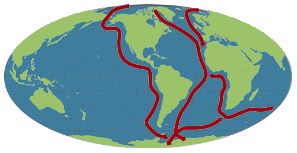
© Image Courtesy of Billo Mauizio
The migration of the Arctic Tern is an incredible story based on the shear magnitude of the distance that is covered by the movement of these birds. The migratory patterns are the longest recorded of any land animal. This studious bird can travel from from the arctic to the antarctic in its movements, a distance of approximately 44,000km! The diagram above provides an illustration of the migratory routes of Terns.
Steps in Migration and Advantages
As the juveniles make the migration with their parents, they often make the journey within 10days of fledgling. This says a lot of the rapid rate of development of the juveniles.
Given the extreme length of the journey of the birds, most stay close to land in order to have many available rest stops and feeding locations. Apart from the crossing of the North Atlantic in the early parts of the journey, most birds fly in a South Easterly direction along the coast of West and Southern Africa to the Antarctic. There are a few that recross the Atlantic to locations around Brazil and make their way in a South Westerly direction to the Antarctic. It should be noted that the birds that use the most Westerly flyway in North America travel along the Western coast of the Americas, from Alaska to Chile, until they get to the waters of the Antarctic.
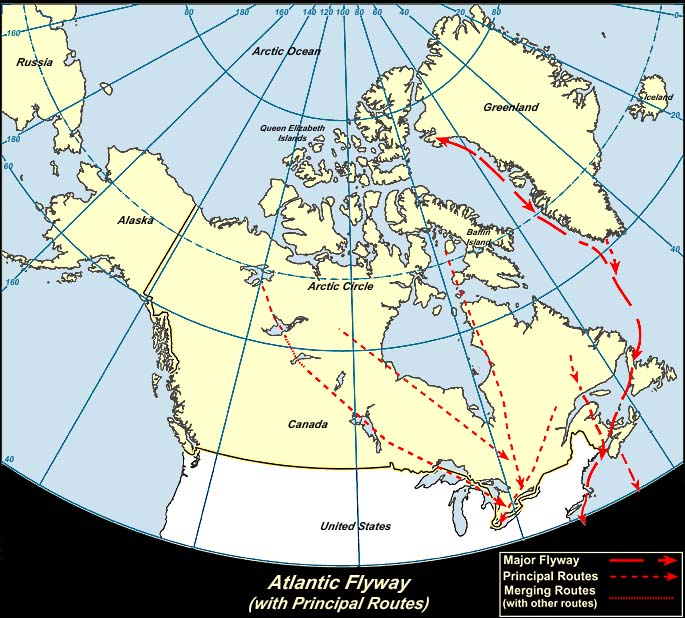
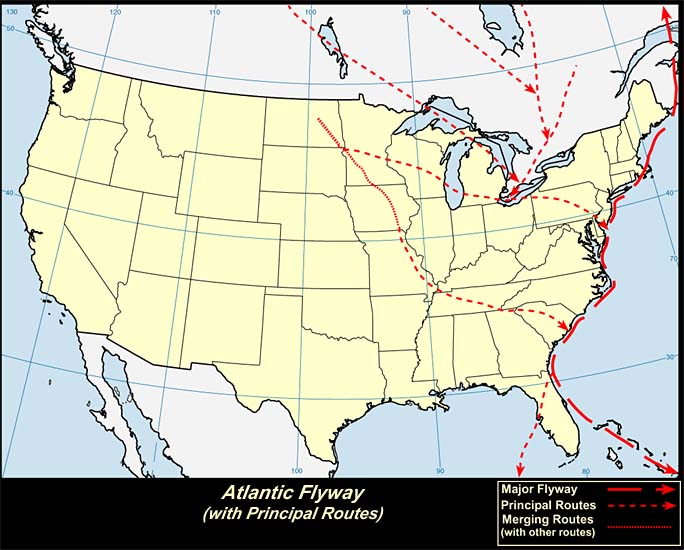
© Images Courtesy of www.birdnature.com/allflyways.html
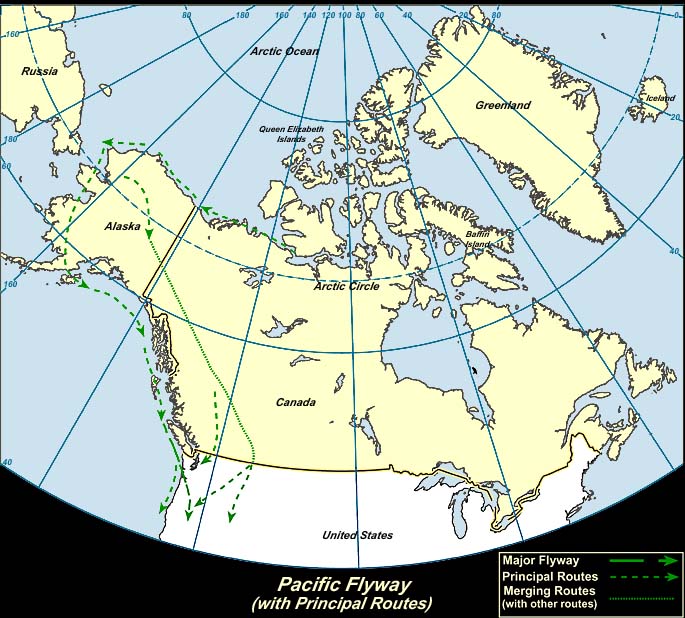
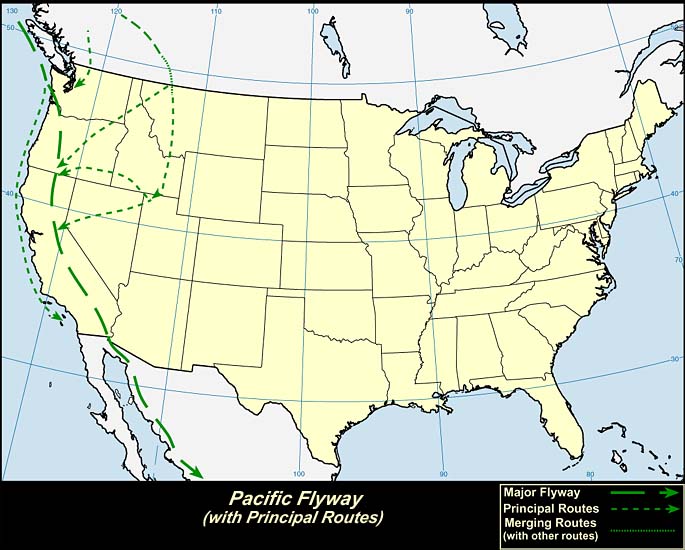
© Images Courtesy of www.birdnature.com/allflyways.html
For the Spring migration most birds generally go back North the way they came South. However, a few have been observed
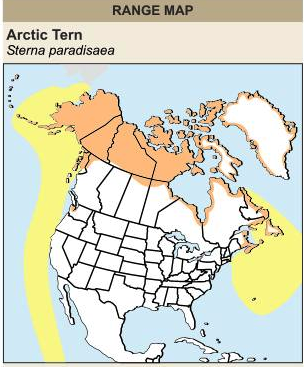
© Image Courtesy of Billo Mauizio
The above diagram show the general breeding grounds of the Arctic Tern (States and Provinces in Light Brown). It also shows the main flyway routes utilized by Arctic Terns on their journey south to the Antarctic (Yellow regions on along the Pacific coast of the United States and the Atlantic coast of the United States and Canada).
Migration Behavior
During migration Arctic Terns can be seen to fly singly or in small compact groups, less than 20 birds. This small groups often fly near wave tops, presumably to be able to catch food to eat during mid flight. Also they fly against head winds that perhaps aid in providing lift to keep birds from crashing into the waves of the ocean. Most birds including Arctic Terns, begin migratory journeys at dusk for a number reasons. It allows them to make use of night conditions of stable air masses and decreased threat of predators. Also given the fact that at night the temperature generally drops there is reduced risk of dehydration or overheating.
In preparation for migration, birds begin to flock and gather in seemingly predetermined areas. They then begin to orient themselves in the general direction to be traveled in.
What Stimulates Mass Bird Movement
The photoperiod is the most reliable method that migratory birds use in determining when to actually begin migrating. It prevents them from solely making that decision on temperature and other weather changes that are unpredictable.
Climatic factors also influence when birds begin to gather for the long trek. Particularly in North America, birds of many species including Arctic Terns gather and wait for the build up of high and low pressure systems. The wind changes from these systems often help to provide "tail wind" to assist them in their long fights. Another aspect of climatic factors is the fact that it also directly dictates the rate of migration. The weather conditions in a certain area will determine the speed with which birds move and how far they actually travel in each leg of the migratory route.